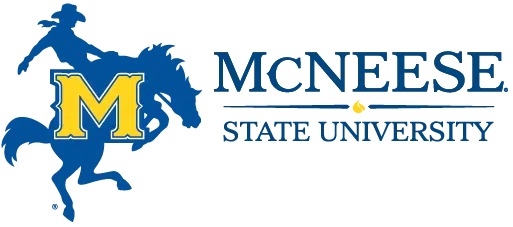1.16.1.1 Bloodborne Pathogens
Vice President of Business Affairs
Office of Environmental, Health, Safety & Hazardous Waste
Purpose
- The purpose of this exposure control plan is to eliminate or minimize employee occupational exposure to blood or other infectious body fluids.
- Occupational exposure means reasonably anticipated contact with blood or infectious body fluids that may result from the performance of an employee’s job duties.
- Other potentially infectious body fluids include semen, vaginal secretions cerebrospinal fluid, synovial fluid, pleural fluid, peritoneal fluid, amniotic fluid, saliva in dental procedures, and any body fluid visibly contaminated with blood.
Responsibility
- Departmental supervisors are responsible for ensuring that employees affected by this plan comply with the provisions of this plan, including the necessary training to implement this plan.
- The Office of Environmental, Health, Safety and Hazardous Waste is responsible for disposal of bio-hazardous waste, which is properly bagged.
- Departmental supervisors shall file training records for affected (at risk)employees with the Office of Environmental, Health, Safety, and Hazardous Waste.
General Information
- Bloodborne pathogens are microorganisms that are present in human blood that can cause diseases in humans. These pathogens include, but are not limited to, hepatitis B virus (HBV) and human immunodeficiency virus (HIV)
- University employees who have occupational risks and are affected by this plan include, but are not limited to, health care workers, custodial workers, police officers, plumbing maintenance workers, athletic trainers, and emergency response personnel.
- Training of persons with occupational risks shall be within 3 months of hire and every year thereafter.
- Low risk persons should receive training within 12 months of hire and every 5 years thereafter if there is no bloodborne pathogen event in their work group.
- Exception. In the event of a Bloodborne Pathogen occurrence, employees of that work group shall be mandated to retrain within the following 60 days.
- Training records should be kept for five years.
Methods Of Compliance
- Universal precautions shall be observed to prevent contact with blood or other potentially infectious materials.
- Employees must wash their hands or other skin with soap and water after removal of personal protective equipment.
- Containers shall be provided for disposal of “sharps” such as needles, broken glass, etc.
- No eating, drinking, smoking, applying of lip balm or cosmetics, or handling of contact lens is allowed in a work area where there is reasonable likelihood of occupational exposure
Housekeeping
- Employees shall wear appropriate personal protective equipment while decontaminating surfaces or equipment. These may include, but are not limited to, safety glasses, gloves, aprons, goggles, face shield, etc.
- Decontamination shall be done using a 10% bleach solution.
- Broken glassware will not be picked up directly with the hands.
- Sweep or brush material into a dustpan.
- Bio-hazardous waste and contaminated cleanup materials shall be disposed of in bio-hazard bags which may be obtained from the University custodial services or the Office of Environmental, Health, Safety and Hazardous Waste.
Hepatitis B Vaccine
- Hepatitis B vaccination shall be made available after the affected employee has received the training in occupational exposure.
- The employee has the right to decline the vaccination, but may opt to take it at a later date. A waiver shall be signed indicating their refusal.
Post-Exposure Evaluation And Follow-up
- All exposure incidents shall be reported, investigated, and documented.
- Appropriate medical evaluation and follow-up shall be conducted.
- All findings and diagnoses will be confidential.
Document Details
Issue Date: 02/27/04
Review Date: 03/15/2021
Revision NO: 1.0
Revision Date: 10/18/10
Revision Note: Revisions Noted in Italics
